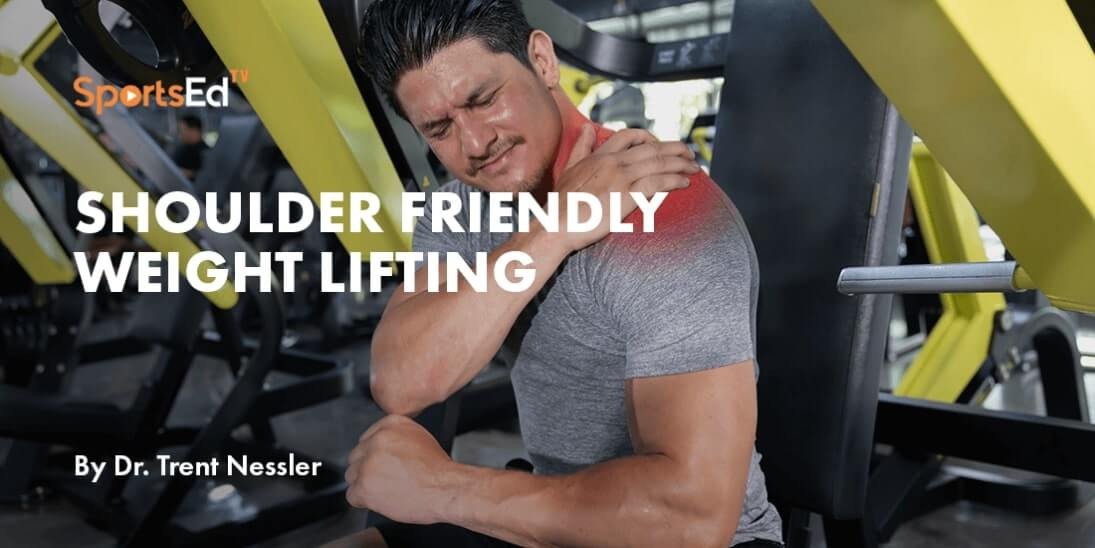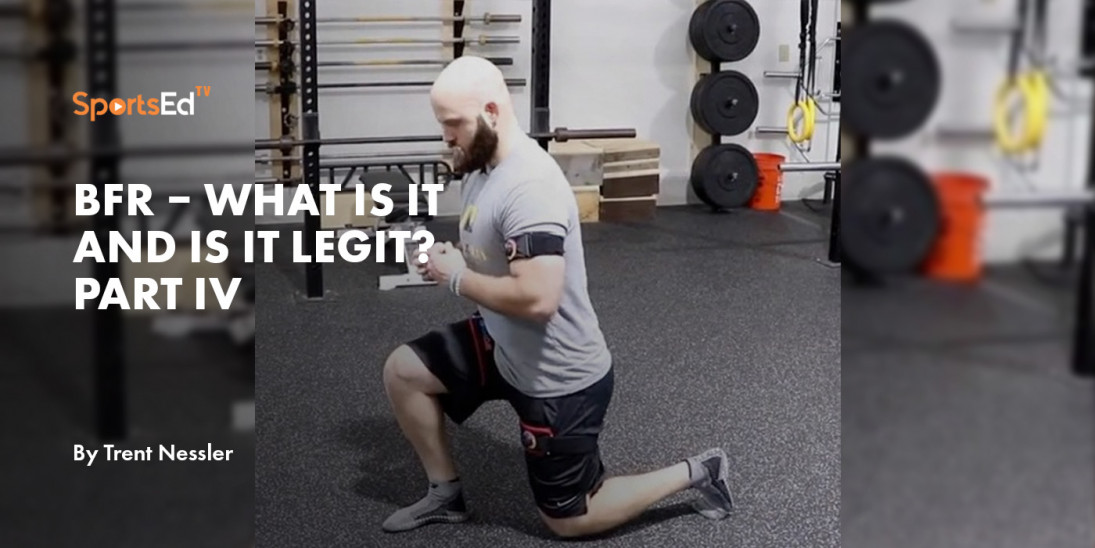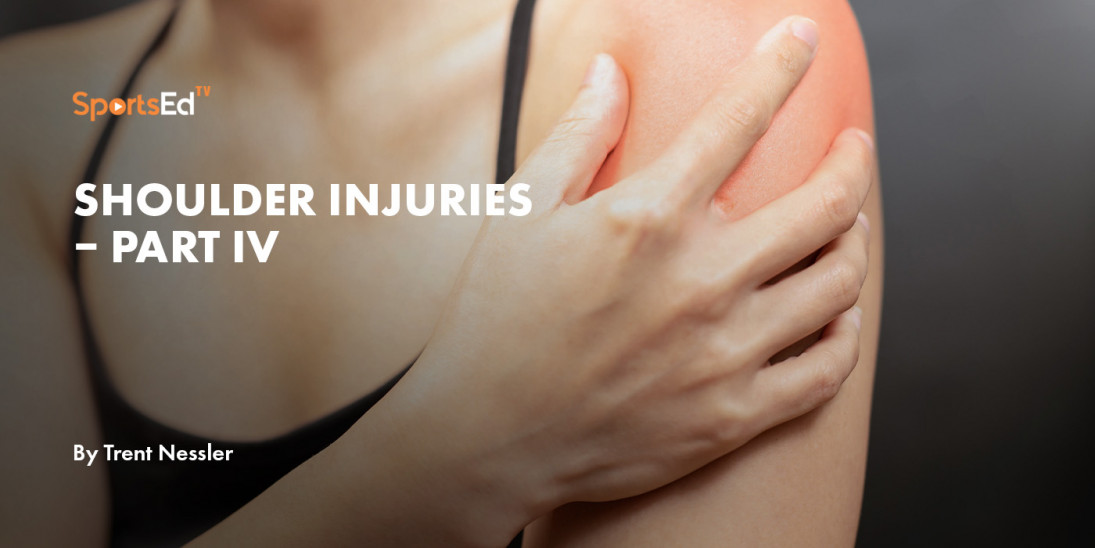Strength And Conditioning
Welcome and thanks for visiting...

Shoulder Friendly Weight Lifting Part II
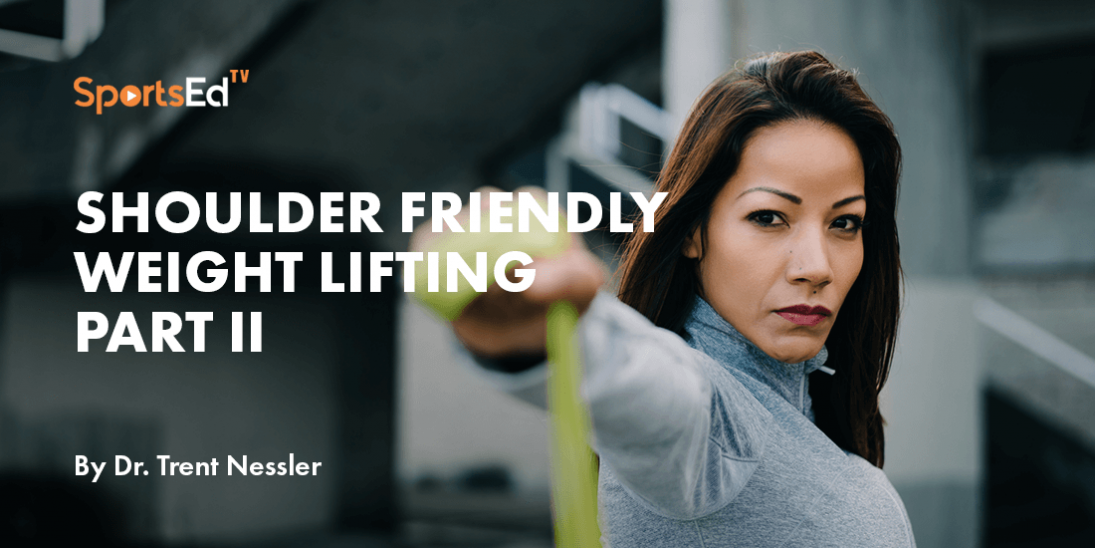
Last time I talked about some of the most common injuries I see coming out of the weight room. We also talked about some of the most common exercises that are associated with these injuries. It is typically one of three things that these exercises do that places the shoulder in a compromised position and can result in irritation and/or injury. These include:
1. End range of motion of the shoulder with load. Bench press, for example, places the shoulder at the end range of motion of horizontal abduction. This puts a lot of stress on the ligaments that support the shoulder in addition to the labrum and long head of the biceps. When you combine that this is also the range (end range of motion of the bench) where the pecs are the weakest, then this places even greater load to these compromised tissues. A simple modification to this is to not let your shoulder go past 90 degrees. An easy way to train this is to do bench on the floor (as depicted here). When your elbows contact the ground, the shoulder will be at 90 degrees, and this prevents you from getting into the positions which puts too much stress on the shoulder. This WILL BE a harder exercise when done on a bench and you have to actively stop the bar. Your bench will go down as this is a harder exercise for the pecs. That said, your gains will be greater, and your 1 repetition max will increase in time. This same concept can be applied to your pec deck, flies, rows or other exercises that put your shoulder in a similar position.
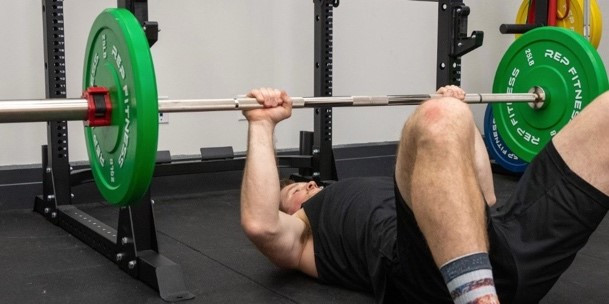
2. Unstable position for the shoulder with load. Several exercises we do put the shoulder in an unstable position and with load. One of the special tests that is done in orthopedics tests individual’s shoulders for instability. The test, depicted here, show the position the shoulder is placed in. Then we externally rotate the shoulder and look for the signs of apprehension. This test is placing the shoulder in a compromised position and seeing if the structures are strong enough to keep it from popping out of joint. So, to put the shoulder in that position under high loads will eventually lead to a problem. This position mimics the shoulder position with behind the head lat pulls, shoulder press behind the head, pull ups behind the head and shoulder position during squatting. The modification to this motion would be do simply do these exercises in front of the head. This avoids the compromised position for the shoulder and stressing that under load.
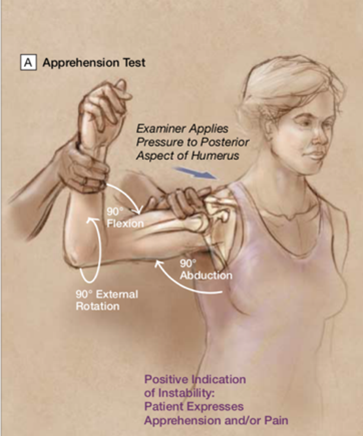
3. Rotator cuff impingement. As previously described, the shoulder is inherently an unstable joint. It requires the muscles of the rotator cuff to provide it stability. One of those muscles, supraspinatus, passes through a small bony space called the subacromial space. When the shoulder is elevated above 90 degrees of flexion (in front of you like front raises) or horizontal abduction (to the side like lateral raises), the supraspinatus can get pinched (impinged) in this area. This is made worse when the palm is facing down and the humerus is internal rotated (like the end range of motion of the upright row). Simply keeping your thumbs up during front raises and lateral raises clears the supraspinatus from this impingement position and allows you to get just as good a workout on your front and lateral deltoids. This simple modification reduces your risk for rotator cuff injuries and provide a similar or better training stimulus to the muscles you are targeting.
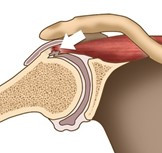
Next time, I will discuss a couple of exercises to add into your shoulder routine which not only reduce the risk for injury with working out but also mitigate the risk with work related activities.
Prevention
TSM
Read more:
Shoulder Friendly Weight Lifting Part I


